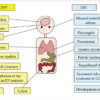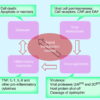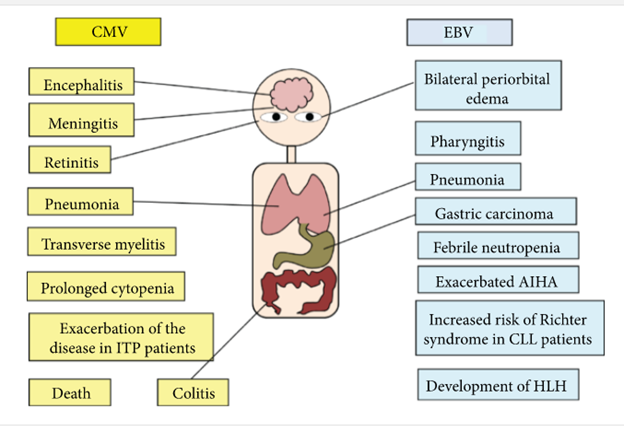Cytomegalovirus (CMV) Antibodies, IgG
$36.00
CMV Antibodies – #86644
Cytomegalovirus (CMV) is a member of the Herpesviridae family of viruses and usually causes asymptomatic infection after which it remains latent in patients, primarily within bone marrow derived cells. Primary CMV infection in immunocompetent individuals may manifest as a mononucleosis-type syndrome, similar to primary Epstein-Barr virus infection, with fever, malaise and lymphadenopathy.
CMV is a significant cause of morbidity and mortality among bone marrow or solid organ transplant recipients, individuals with AIDS, and other immunosuppressed patients due to virus reactivation or from a newly acquired infection. Infection in these patient populations can affect almost any organ and lead to multiorgan failure. CMV is also responsible for congenital disease among newborns and is one of the TORCH infections (toxoplasmosis, other infections including syphilis, rubella, CMV, and herpes simplex virus).
CMV seroprevalence increases with age. In the United States, the prevalence of CMV-specific antibodies increases from approximately 36% to over 91% in children between 6 to 11 years of age and adults over 80 years old, respectively.
Interpretation
IgM:
A negative cytomegalovirus (CMV) IgM result suggests that the patient is not experiencing acute or active infection. However, a negative result does not rule-out primary CMV infection.
Positive CMV IgM results indicate a recent infection (primary, reactivation, or reinfection). IgM antibody responses in secondary (reactivation) CMV infections have been demonstrated in some CMV mononucleosis patients, in a few pregnant women, and in renal and cardiac transplant patients. Levels of antibody may be lower in transplant patients with secondary rather than primary infections.
IgG:
Positive CMV IgG results indicate past or recent CMV infection. These individuals may transmit CMV to susceptible individuals through blood and tissue products.
Individuals with negative CMV IgG results are presumed to not have had prior exposure or infection with CMV and are, therefore, considered susceptible to primary infection.



